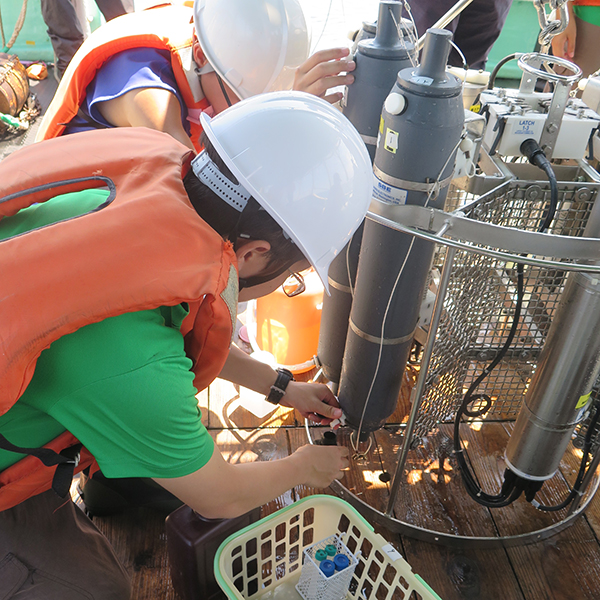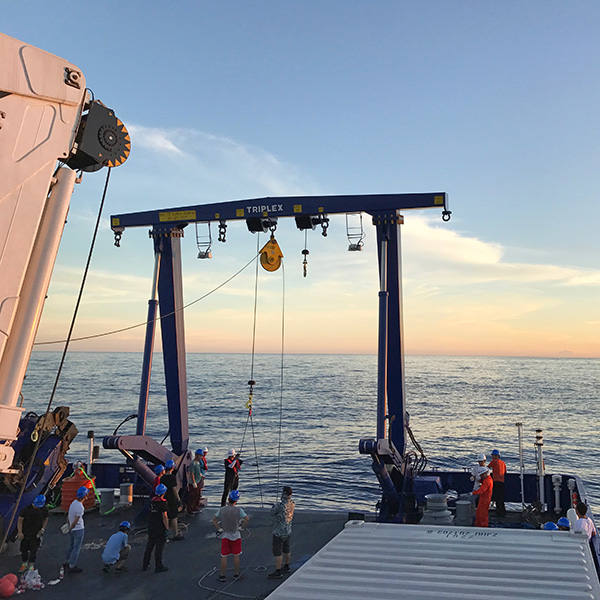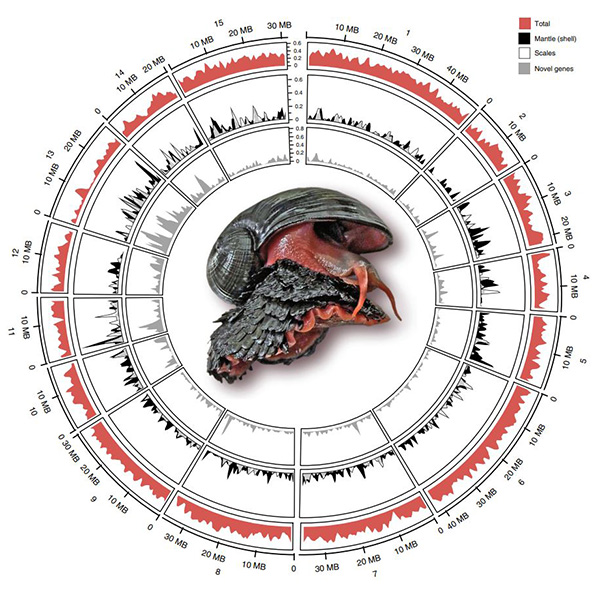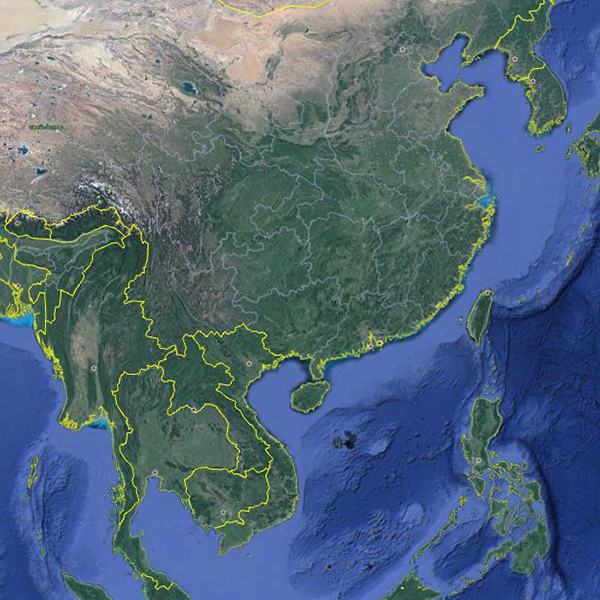Research Directions
There are four key research directions for the Hong Kong Branch:
Direction 1: Response mechanism of ecosystem and life processes to environmental changes in the South China Sea (including the Greater Bay Area)
With the increasing human activities and impact of global climate change, marine ecosystems face enormous risks and unprecedented challenges. The mechanism of marine ecosystems in response to greenhouse effect, ocean acidification and warming needs to be studied in depth. Many environmental factors, such as elevated temperatures, acidification of ocean waters, coastal eutrophication, hypoxia, and pollution, may cause adverse changes in marine ecosystems. Marine biodiversity may be reduced. Many fragile ecosystems, such as coral reefs and seagrass beds, are at risk of extinction. These environmental factors coupled with increasing human activities, such as the construction of artificial beaches, reclamation, high-density marine aquaculture, deep-sea hydrocarbon and natural gas exploration, could have a disastrous impact on the marine ecosystems in the Greater Bay Area, as well as the whole South China Sea.

Direction 2: Marine Environmental Pollution and Ecosafety in the Greater Bay Area and South China Sea
Over the past decades, the marine economy of Guangdong Province has achieved great development, but there are also multiple environmental problems, including the pollution of coastal waters and the degradation of coastal environment. Marine pollution such as heavy metal pollution has become an important factor threatening the survival and development of marine lives in the Pearl River Estuary, as well as the ecosystem health of Guangdong coastal environments. The pollution can potentially cause great damages to marine aquaculture industry in our province, and may even present potential hazard to the safety and health of the people in Guangdong Province.

Direction 3: Cold seep biodiversity, functioning, and genomics
The seepage of combustible gas hydrates out of the seabed results in the formation of cold seeps. Cold seeps are usually densely populated with macrobenthos such as mollusks, crustaceans, and siboglinid tubeworms. Many of them are characterized by forming symbiotic association with chemoautotrophic microorganisms. These microorganisms use reducing simple chemicals such as hydrogen sulfide, methane and hydrogen as the source of energy to synthesize organic matter as a food source for multicellular organisms. These animals have unique adaptive mechanisms for the harsh environmental conditions such as high hydrostatic pressure, hypoxia, and high concentrations of hydrogen sulfide and heavy metals.
Microbes and animals are important biological groups that maintain the functioning of cold seep ecosystems. Studying the cold seep ecosystems can help uncover the development and evolution cold seeps, as well as their roles in the global geochemical cycles. Studying the biodiversity and adaptability of cold seep organisms can deepen our understanding of the origin and evolution of life in these special habitats, identify genetic resources that can benefit the human society, and promote the protection of biodiversity in these chemosynthesis-based ecosystems in the search of clean energy.

Direction 4: New technology for mining biological and microbiological resources in the South China Sea
With a total area of 3.5 million square kilometers, abundant environment and high biodiversity, the South China Sea is a huge and natural treasure of biological resources. Marine biological resources are divided into attributes, including species resources, genetic resources and product resources. Marine biological resources have high application potential in biomedicine, environmental protection, industry, agriculture and other fields. In-depth exploration of the South China Sea biological resources and assessment of its application potential, inventing innovative technologies for marine life survey and resource potential assessment, and industrialization of such biological resources and innovative technologies, are all necessary means to implement the national maritime power strategy in the South China Sea.

